|
In preschool. we use non-standard units (blocks, unifix cubes, footprints, etc) to practice measurement. Before we teach a child to measure, we must introduce him to the concept of size. When a child can put things in order by size, he is ready to learn how to use non-standard units to measure things. We made these "measurement cards" so that children could practice lining the blocks up from one end to the other. These children are measuring various objects on cards and then recording their answers. When we do an activity with this many things to measure, we usually take more than one day to complete the activity. Non-standard measurement can and should be practiced with length, weight and volume. We know that a child has mastered a concept when he spontaneously begins to do it by himself during learning center time.
0 Comments
Auditory discrimination is the ability to recognize the difference between sounds. We often take this to mean letter sounds or rhyme, but any type of sound could be used to practice auditory discrimination. This game uses animal sounds. For this game, the cards are flipped upside down and a child chooses one card. He then makes the sound of the animal on the card. The first child to guess the correct animal gets to hold onto the card for the rest of the game.
Children need to be given many opportunities to practice making different types of patterns. Before children are able to make patterns, they need to be able to sort objects by one attribute (color shape or size). The first stage of patterning is pattern copying. The child will simply copy a pattern that has been chosen for her. When a child has completed her pattern, I have her "read" it back to me to give her extra practice beginning on the left and ending on the right. This is an important habit for children to form. The second stage of patterning is adding on to an already created pattern. A pattern must have at least two or three pattern cycles completed for a student new to patterning to be able to see and add on to the pattern. This is where worksheets often fail. Example: A worksheet has RED YELLOW RED... What comes next? Honestly, I'm not sure. Is the pattern "RED YELLOW RED YELLOW RED YELLOW"? Or is it "RED/YELLOW/RED RED/YELLOW/RED"? The third stage of patterning is creating a new pattern. These children are working in pairs to create their own patterns. Children learn valuable social skills by working together. When a child has to help explain something, like patterning, to another child, it helps cement knowledge and understanding for both children. It's great for the children to be able to work on their fine motor skills and patterning by making these necklaces with dyed pasta. Stringing pony beads onto pipe cleaners is an easy way to make pattern bracelets. The best part is - the beads don't fall off!! These pattern snakes were REALLY hard to make, but worth it! First we glued our strips of paper together. Next I taught them how to tie a knot to connect the body segments. We made a huge mess, but we usually do when we try something new.
The only "rule" for this art project was that the children draw at least two different types of flowers. Notice each child's pencil grip! I am a stickler for holding a writing utensil properly, even for the very young. It is better to form good habits now than try to break bad habits later! Children need to learn and practice the proper grip for any fine motor activity. There are five stages to children's drawing/writing - random scribbles, controlled scribbles, lines and patterns, pictures of objects and people, and letter and word practice. All of our drawings were very different and that was one of the main goals of this project. One of the best ways to talk to kids about their art is to tell them what you see. "I see green and yellow and a LOT of red in your picture." "I can see you are painting the center of your flower pink." "I see a very TALL flower and some short flowers in your picture." It is more important for a child to know that we see his picture than to hear that we like his picture.
For Chapel last week, we told the story of The Thankful Leper. Chapel always begins with music. I don't start this story in costume because it could be scary for some of the preschoolers. I put my ragged Bible costume on when we begin the story, and I am no longer Miss Rabosky. My monologue described some of the terrible things that happened to people with leprosy. My skin turned white and blotchy. My hair turned white and started to fall out in clumps. It was awful. I had to leave my family and live in the leper colony with other sick people. But one day, while I was waiting at the city gates with nine of my friends, Jesus healed us! He told us to show ourselves to the priest. I came back to thank Jesus, but I was the only one.
Counting in preschool is interesting because it is actually more than just one skill. Rote counting: This is just counting (memorization), not necessarily counting objects. One-to-one correspondence: This is the ability to pair one object with each number when counting. A child may have one-to-one-correspondence to seven, but not ten. Numeral recognition: This is a visual skill. When we teach new skills in preschool, we make a conscious effort to include methods that will benefit all our auditory, visual AND kinesthetic learners. For this activity, I took my group to the block area and showed them pictures of some very different types of structures (Big Ben, The Eiffel Tower, The Golden Gate Bridge, and The Pyramids of Giza). We discussed some of the differences, and then we talked about what architects do. "Architects get to design their own type of building. They plan and oversee the construction of their building. Today YOU get to be an architect and design any type of structure you want!" The children were able to choose how many of each size block they wanted to use. When they were done building their structure, they graphed how many of each block they used. Now you can use it in your class, too! (It's available for FREE in our teacherspayteachers store - just click on the button below and you will be re-directed to our store.) We also practiced counting in the block area by building a city skyline. If we don't find many DIFFERENT ways to practice counting, it gets really boring. Here the children are rolling a die and counting out fruit loops. Fun snacks make anything more exciting! This is a Minute-to-Win-it Fruit Loop Race. The children were given one minute to stack as many Fruit Loops as they could on the kebab stick. This was a GREAT way to practice counting (and fine motor!) because they wanted to do it again and again. When the minute was up, we counted and compared how many Fruit Loops we were able to stack. We have this fancy foam pad to hammer these plastic nails into, but Styrofoam and golf tees work just as well. In the game "Get to Zero", everyone begins with the same number of gems. The players take turns rolling a die and then put that many gems into the container. With older children, on their last turn, they must roll the EXACT number to "Get to Zero" and win. I use a die with numerals on it so they can practice numeral recognition as well as counting. You'd think these children would be sick of numbers and counting by now - that's why we try to make it different every day!
One of the most important lessons I've learned through teaching preschool is to have everything set up beforehand. For this art project we made large dots on the paper with our paintbrushes and then used a milk jug lid to swirl the paint around. This is PROCESS oriented art because we are more interested in the process of doing the project than the outcome. Process art is important in preschool because it gives children time to make their own discoveries.
One of the ways that we teach children to count by tens is through song. Any child can be taught to do this; it is simply memorization. There is not necessarily any mathematical understanding involved. This is why it's important for us to spend time working with groups of ten to give children the understanding of WHEN we CAN count by tens. Each child in my small group made a group of ten unifix cubes. When they were done, I asked how many cubes were in each stick. "Ten!" They shouted. "How do you KNOW?" I asked. (Pause) "Because we counted them...?" One girl responded. "Yes! Now that we know there are ten cubes in every group, we can count by tens!" Each child got a turn to be the "teacher" and point while we counted. It's interesting - the first time we do this every year, the children's one-to-one correspondence goes down the drain. They haven't yet associated each separate number (ten, twenty, thirty) with a separate group of ten. They regain this quickly. It's quite fascinating to watch. We made necklaces to get some practice recognizing the numbers and putting them in order. Again, we practiced making groups of ten. The next day we found another fun way to practice making groups of ten. We practiced putting our numbers in order again, too. The more we practice, the easier it gets!
Today in class we read my favorite story by Dr Seuss, Sneetches. During story, each of the children had a silver star they could choose to wear and we had a guest appearance by "Sylvester McMonkey McBean". In the story, the Sneetches have marshmallow toasts on the beaches, so we had s'more bites for snack. They look so tasty! In the afternoon, they were still excited about the zoo they built yesterday, so they built another one. When block play and building are encouraged in different ways and areas of the room, children who usually don't engage in block play will become excited about it. Block play helps children build their own understanding of mathematical concepts like measurement, balance, and spatial skills.
Yesterday, in small group, we read One Fish, Two Fish. Then we did some fish-y math activities. We did some addition problems with goldfish crackers. And we graphed. We LOVE graphs in preschool! Here's why: Graphs are compound activities. We can use this one activity to cover many mathematical standards. When we graph we are classifying, counting and comparing. Since preschool attention spans can be short, this is a great way to cover a lot of ground! We had "One Fish, Two Fish jello" for snack. We also read If I ran the Zoo by Dr Seuss; during art the children were given materials to create a picture of their zoo. It was pretty messy. Later in the afternoon the children made a "Zoo Fair". During dramatic play children are building their imagination and social skills. They are learning to work together by sharing limited resources and space. They develop language skills by explaining what they are doing. They were encouraged to build cages and choose what kind of animals would be in their zoo. They made signs for the cages. Yet another successful day in Pre-K.
|
AuthorWendy Joy Yohman Archives
December 2017
Categories
All
Sites I recommend:Affiliate Disclosure:
|
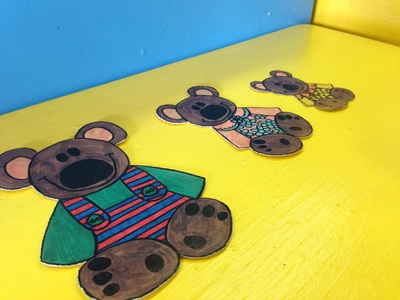
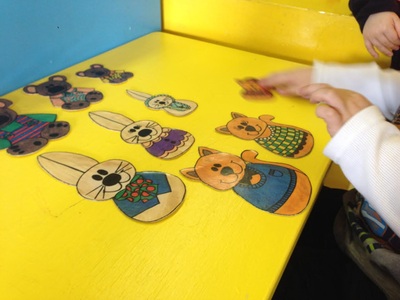
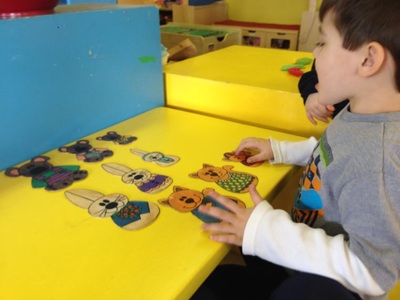
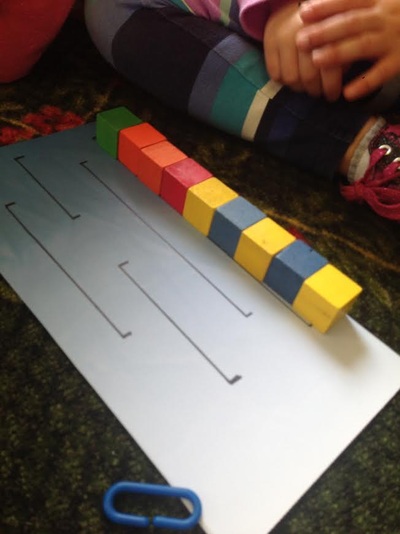
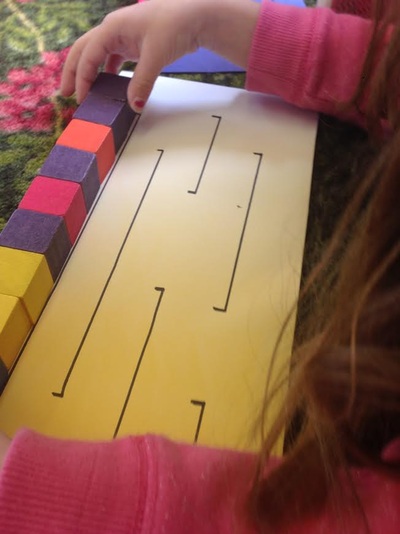
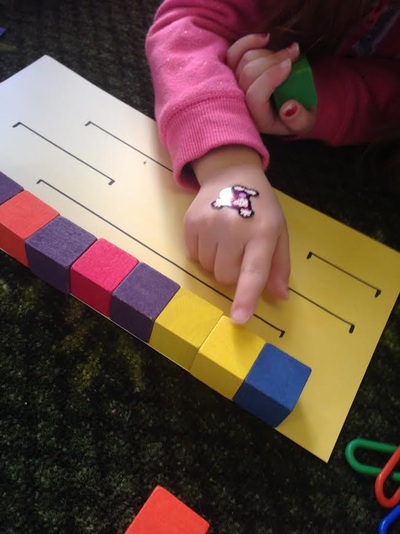
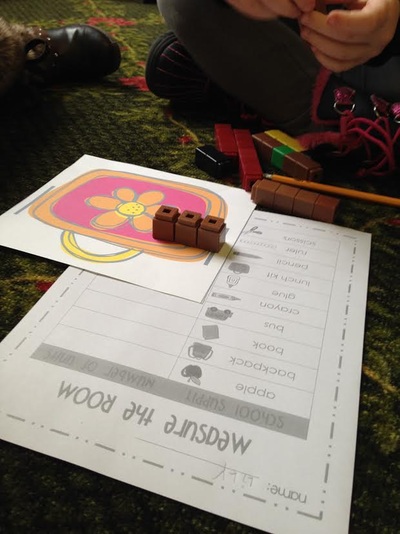
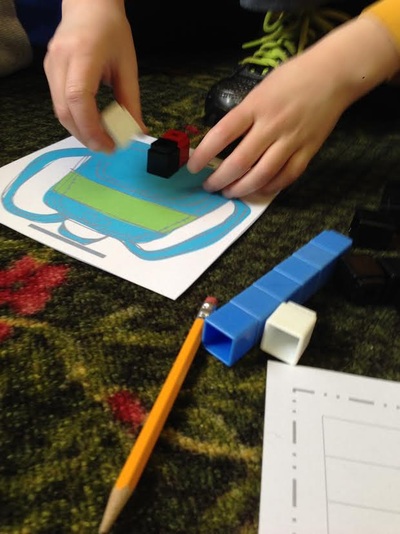
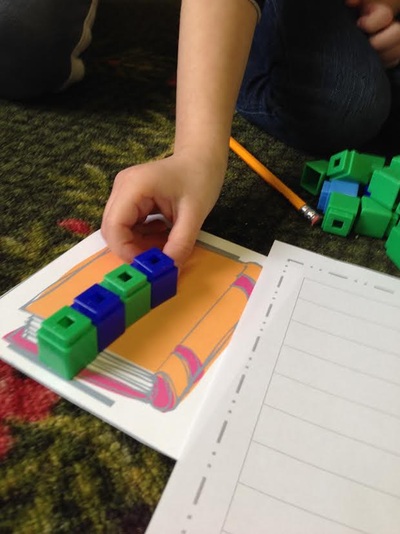
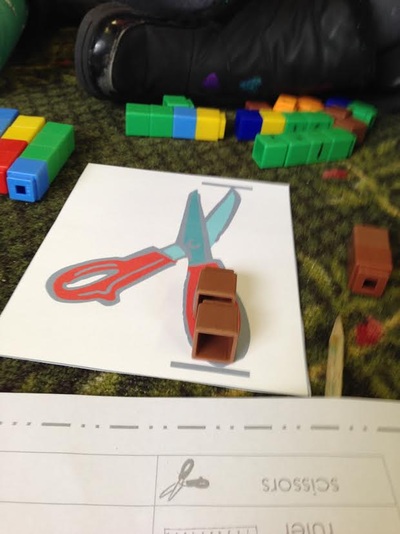
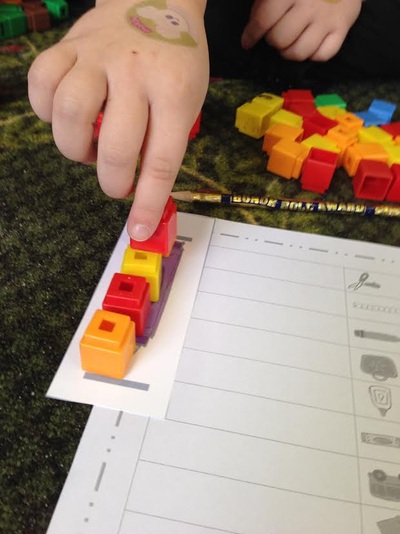
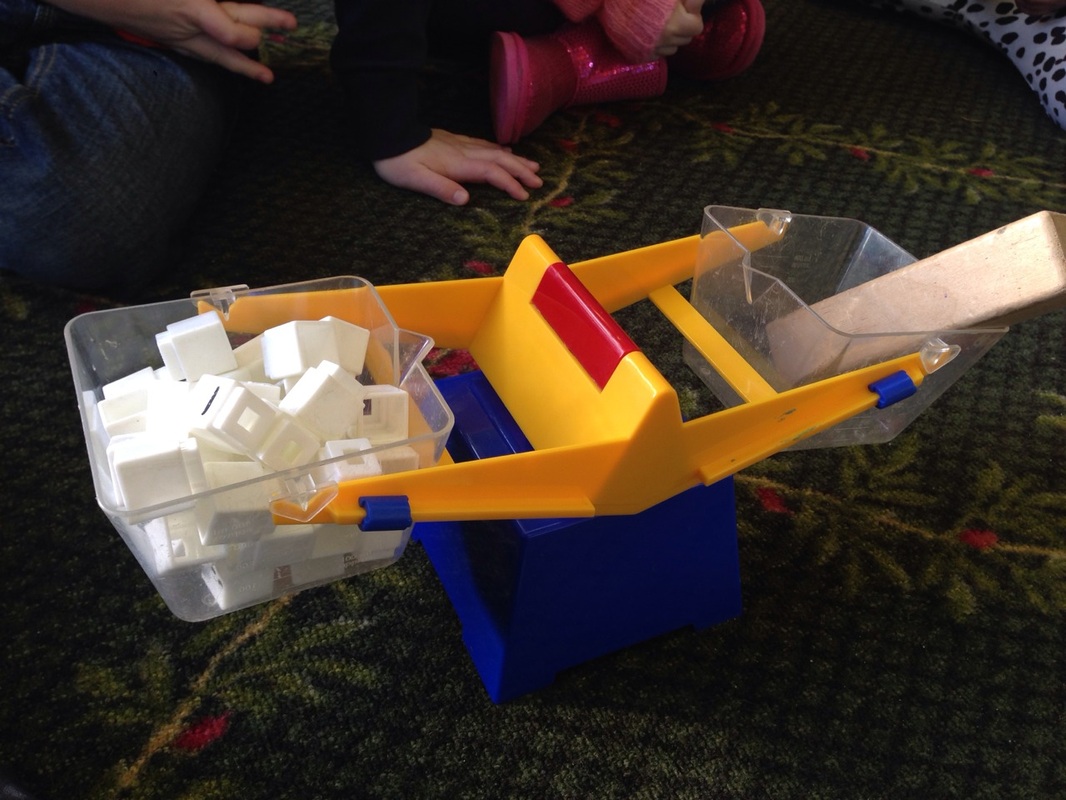
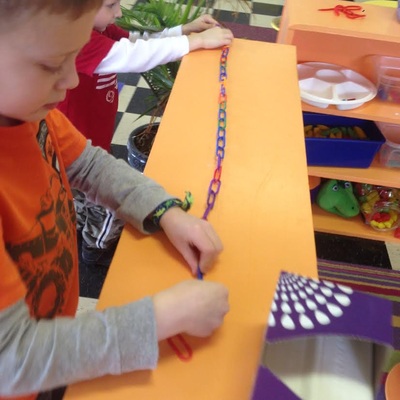
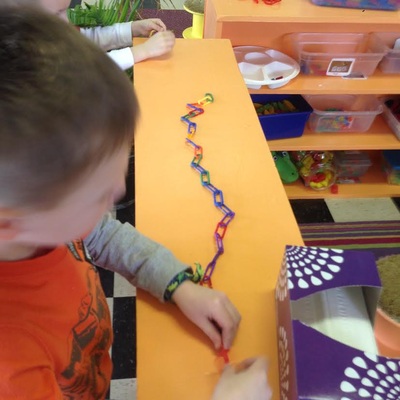
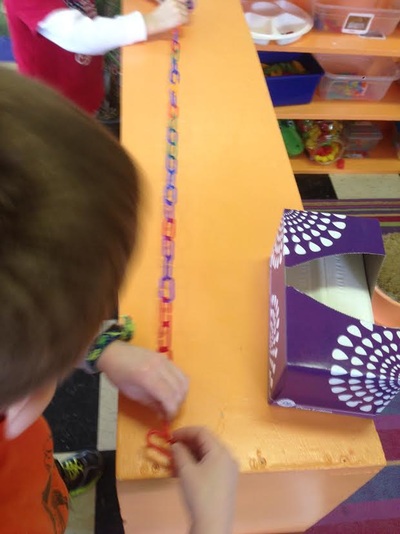
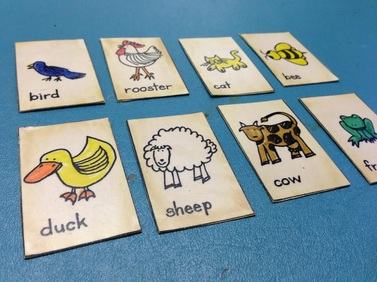
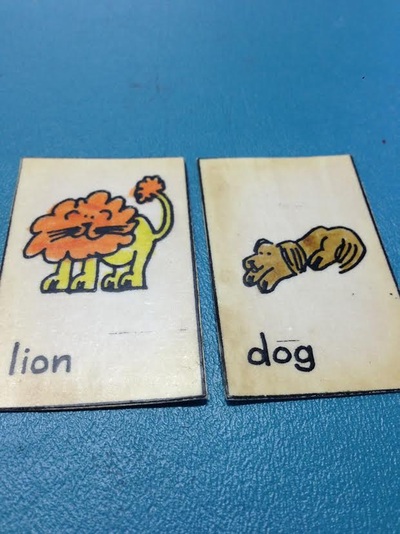
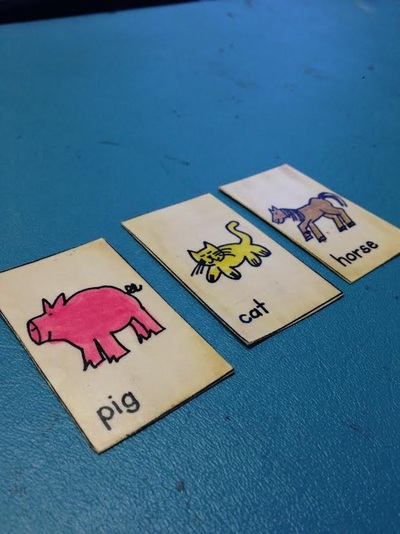
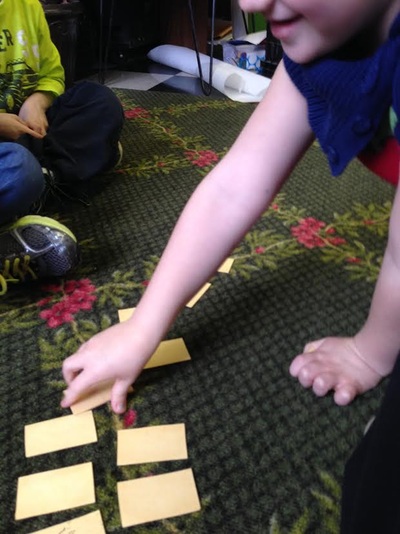
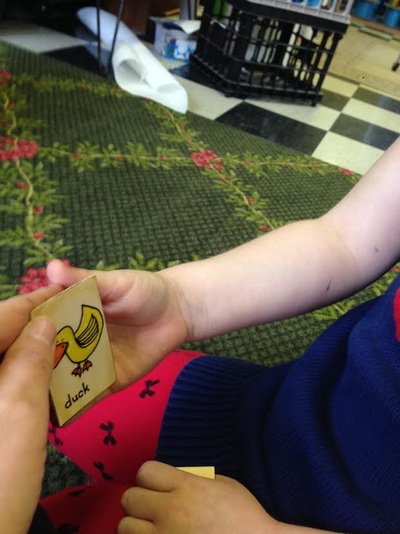
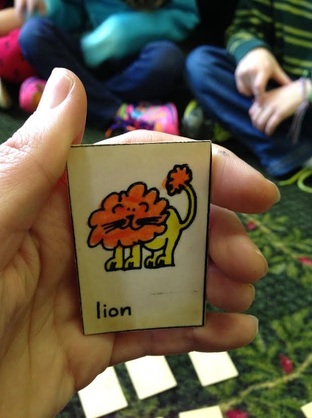
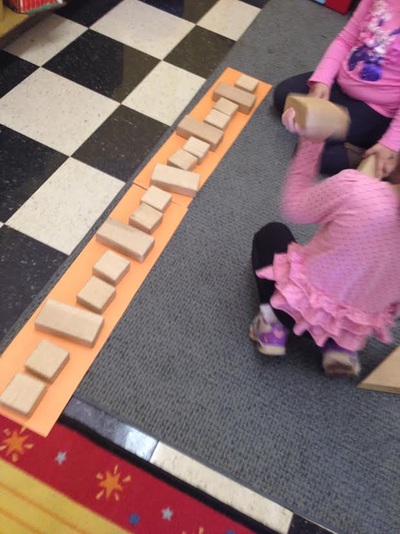
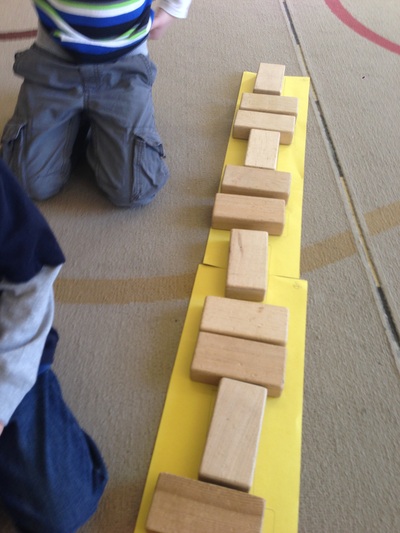
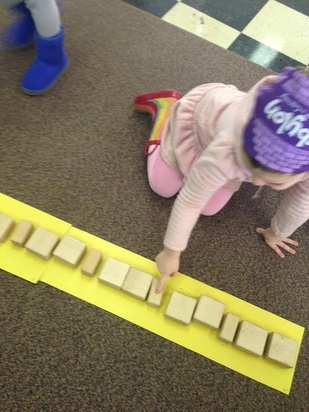
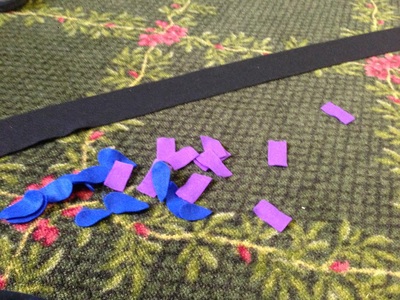
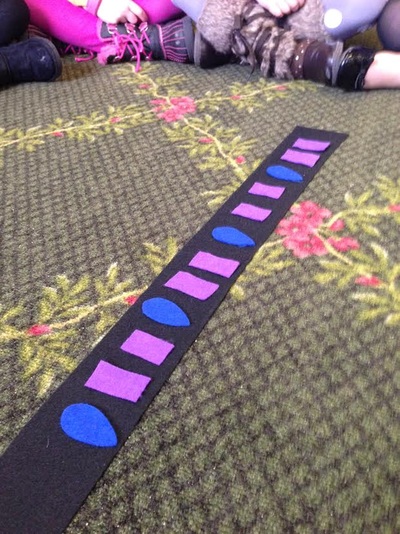
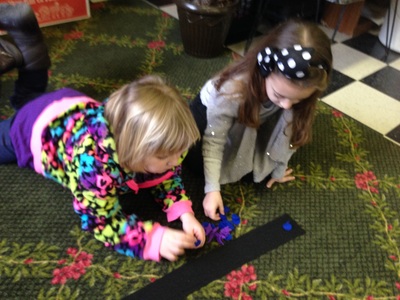
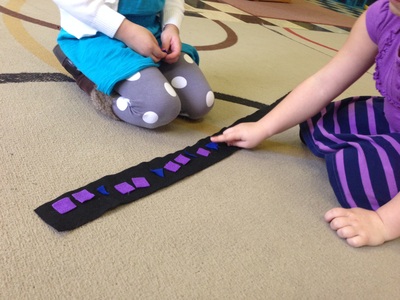
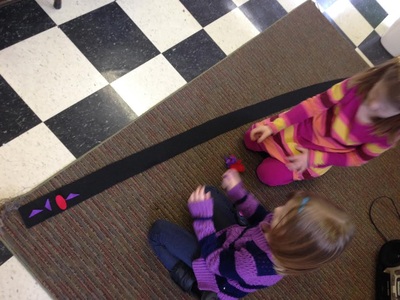
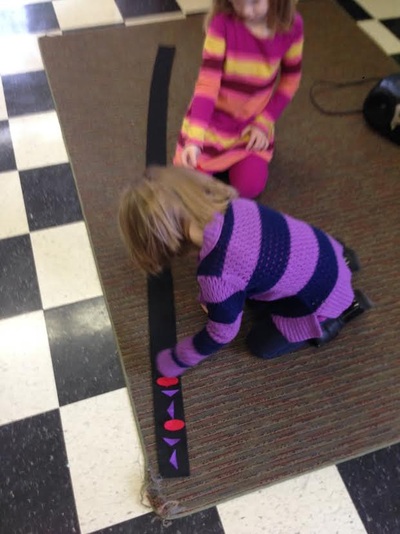
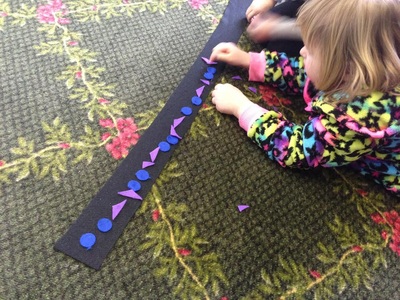
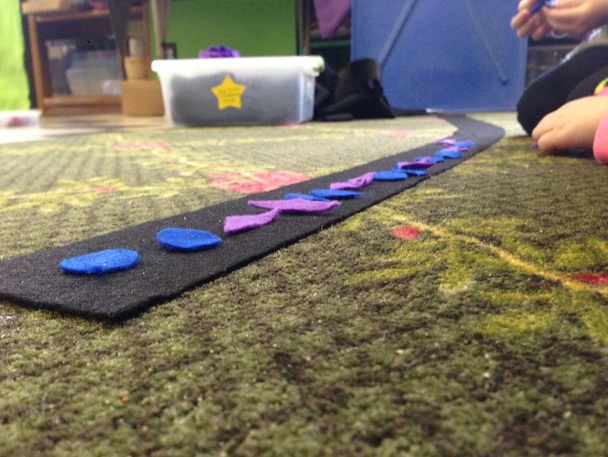
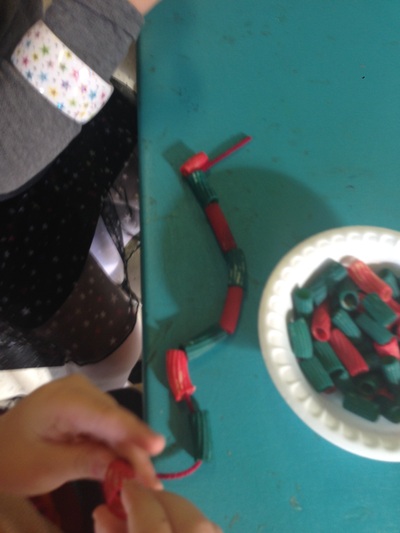
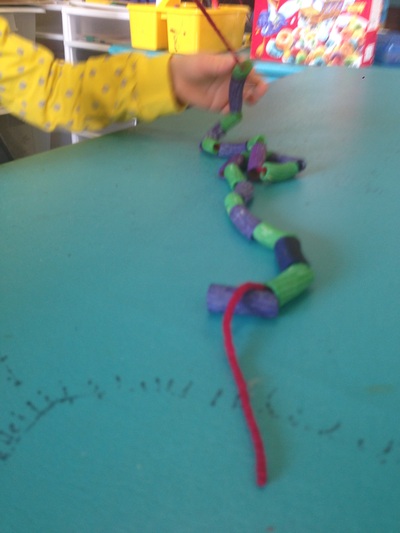
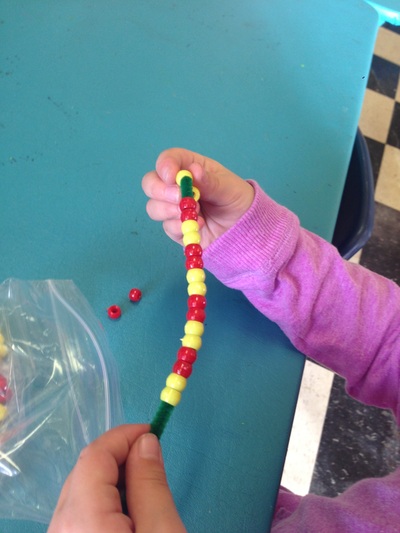
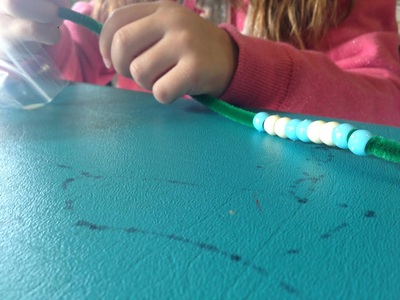
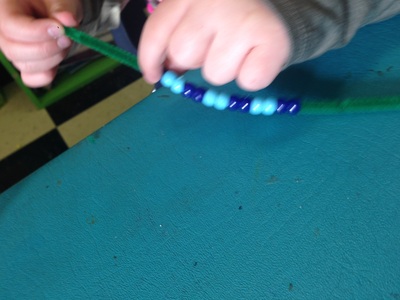
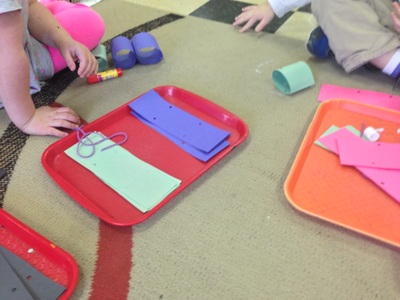
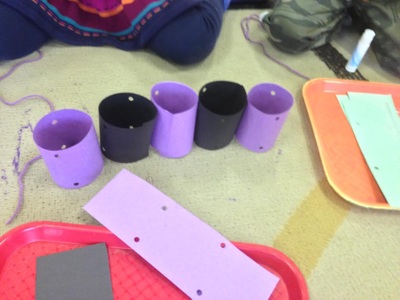
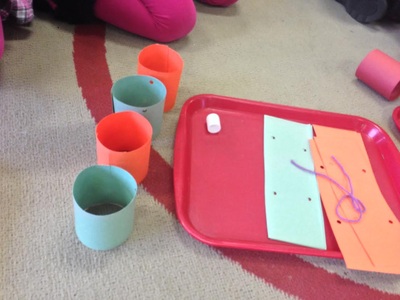
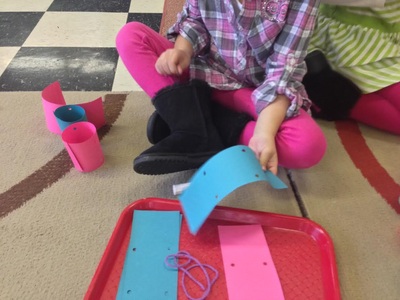
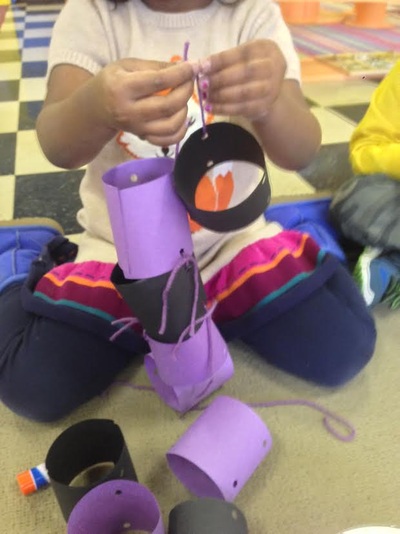
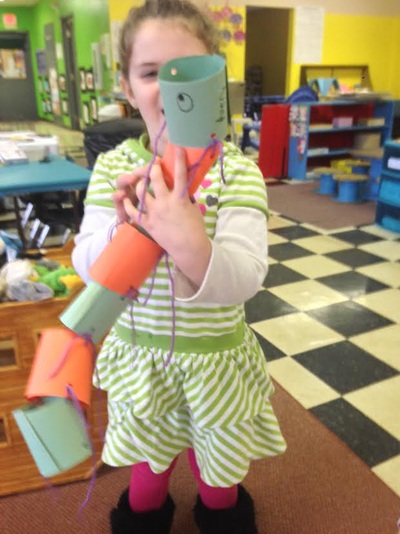
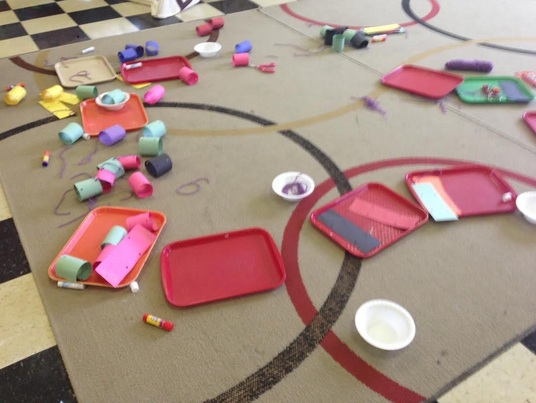
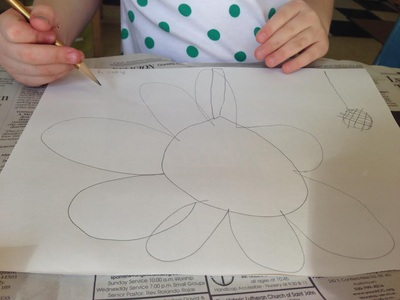
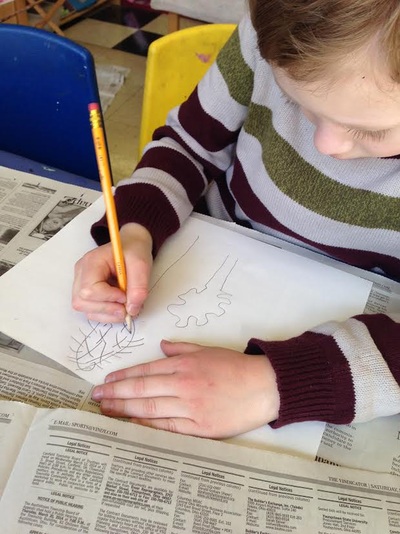
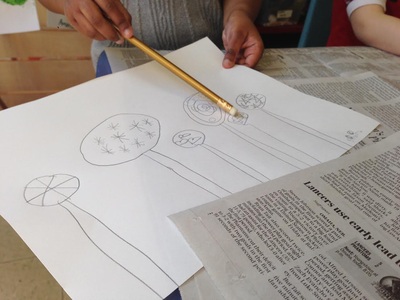
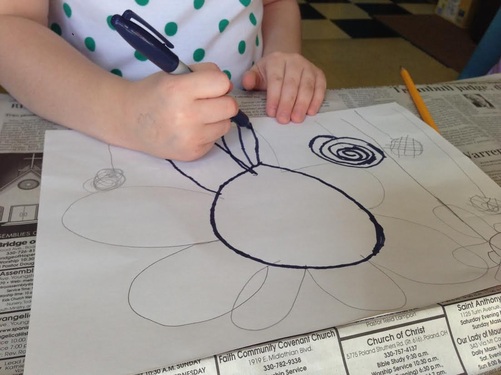
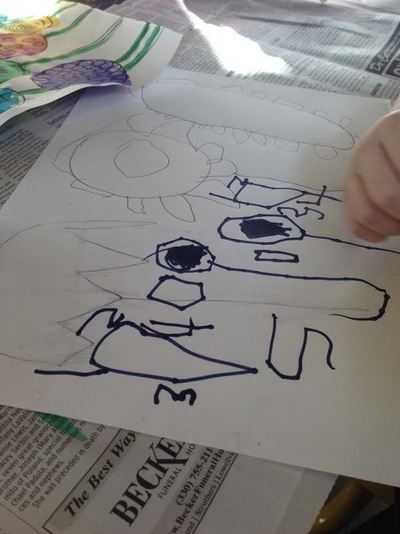
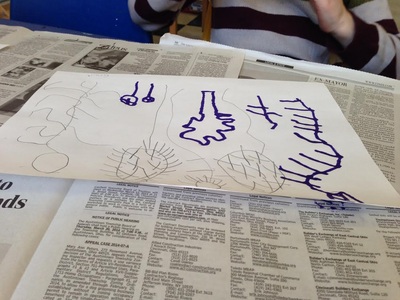
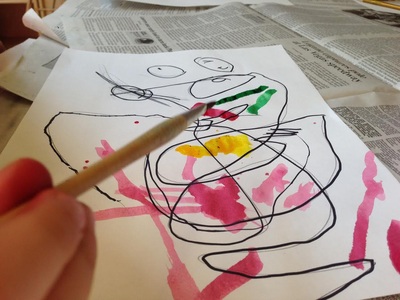
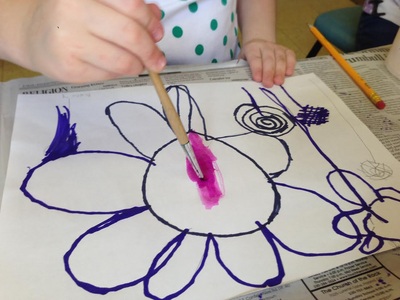
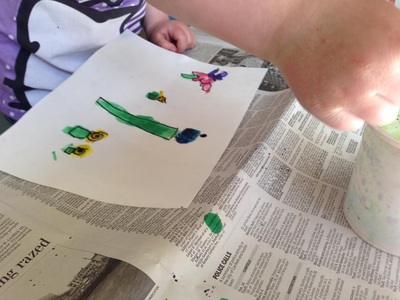
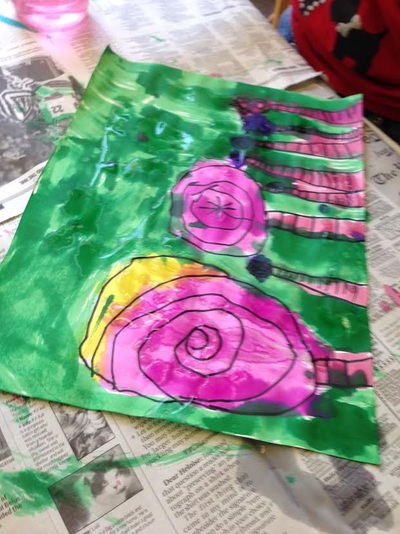
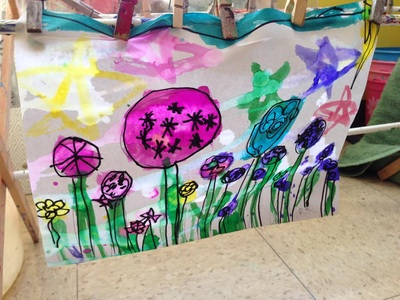
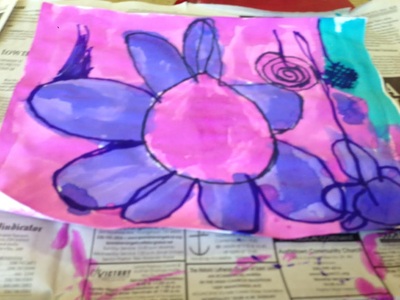
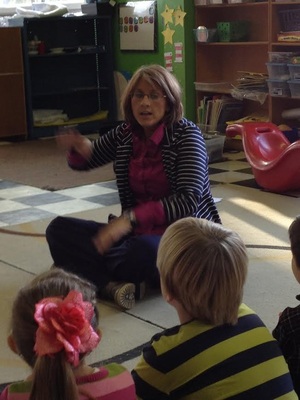
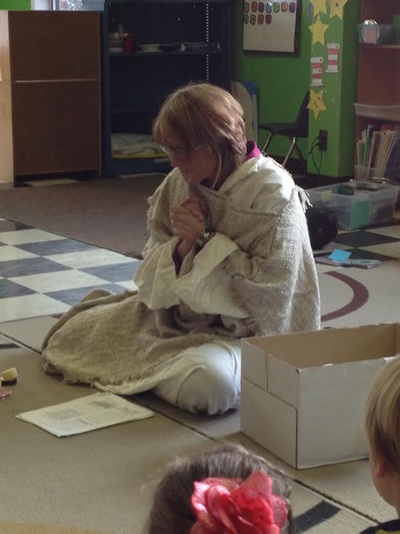
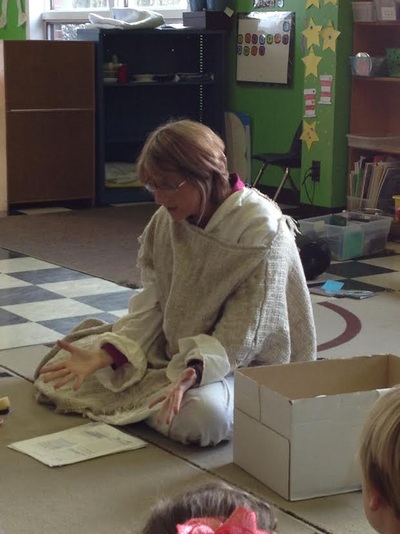
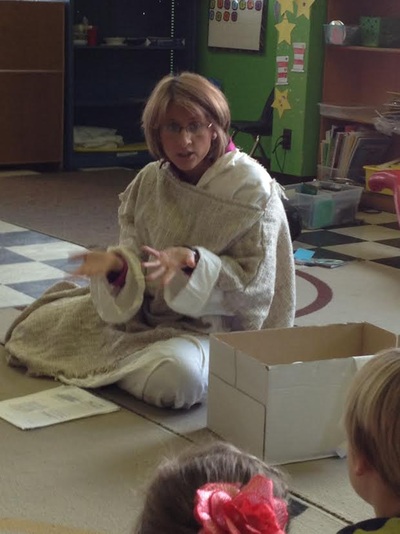
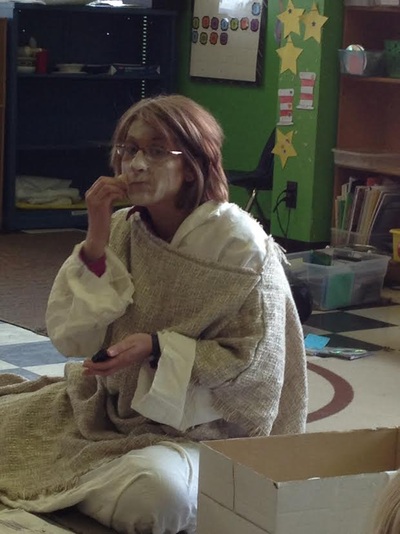
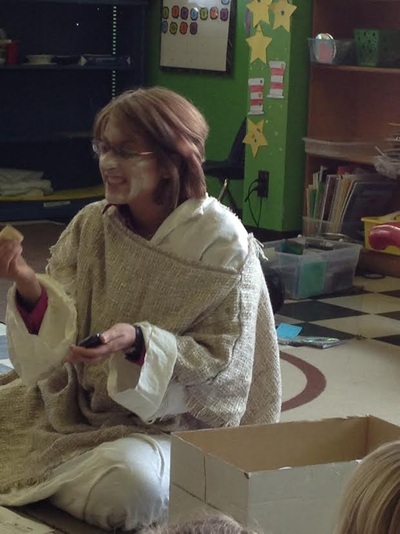
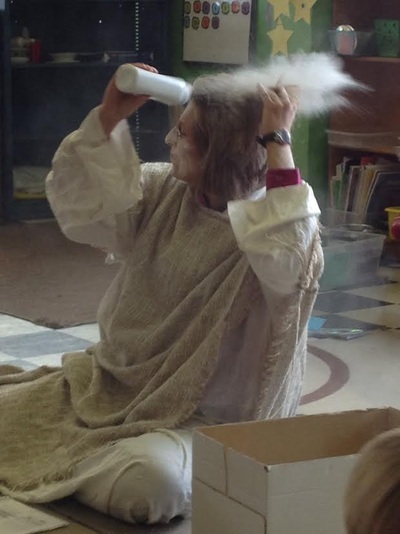
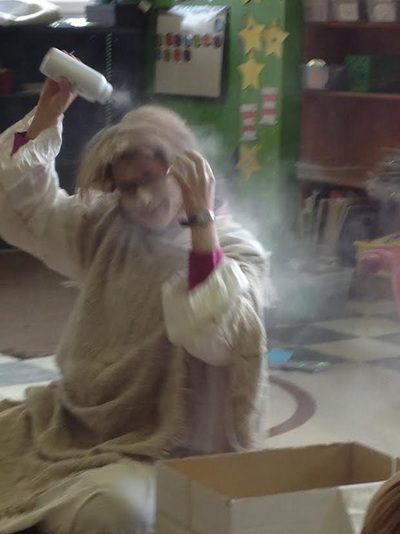
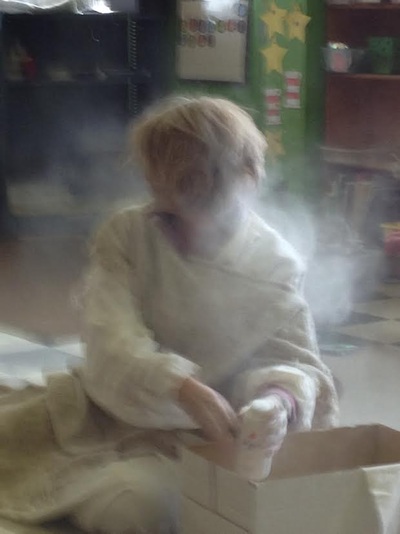
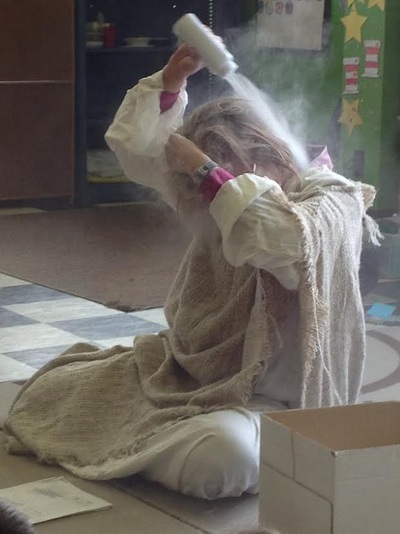
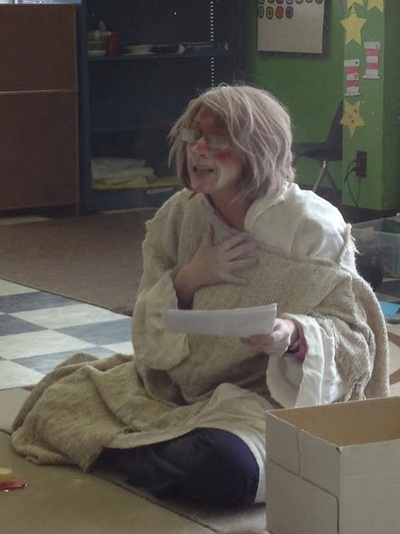
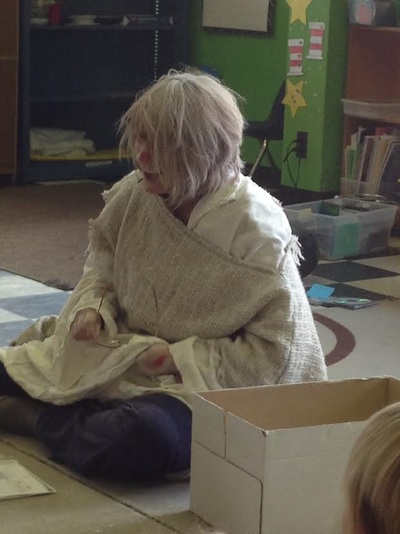
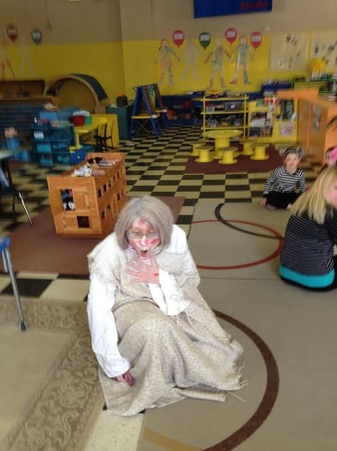
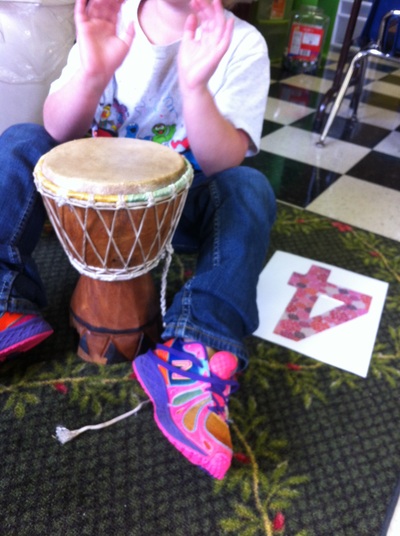
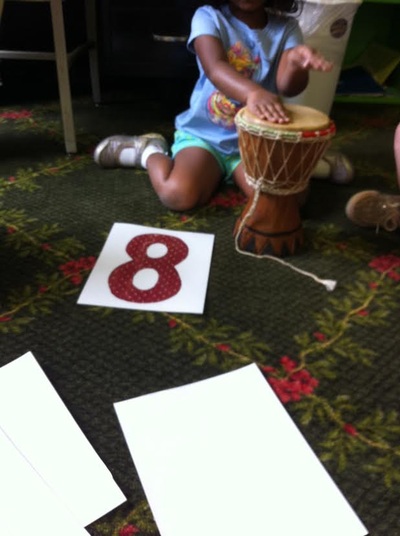
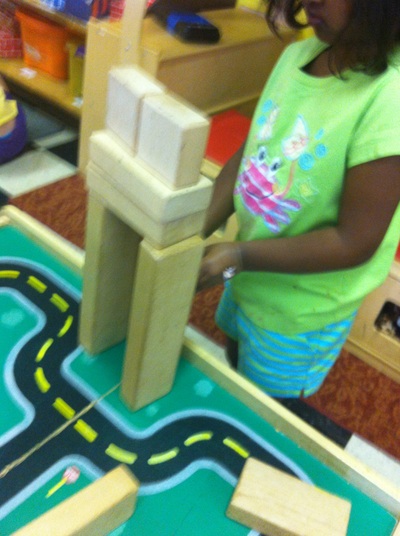

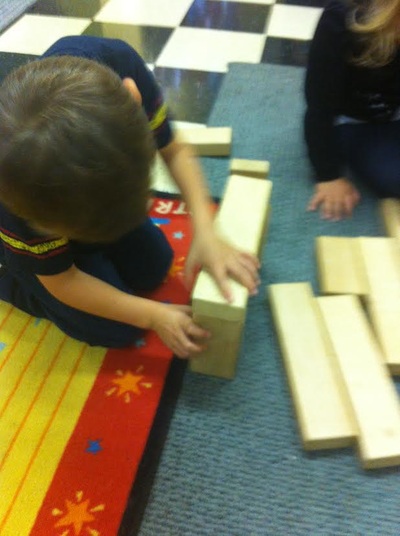
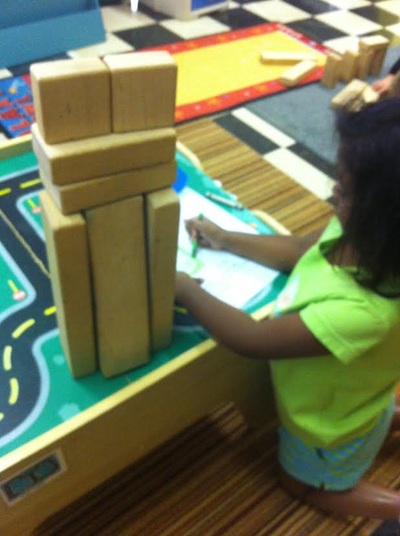
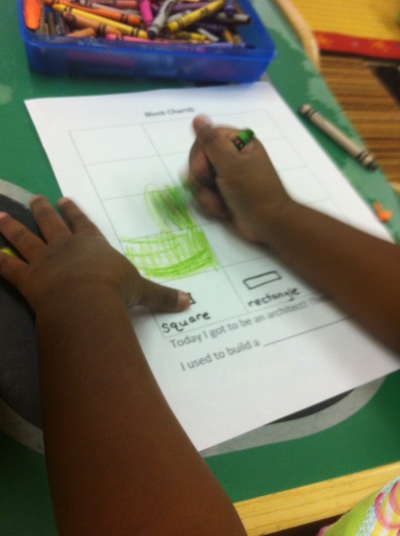

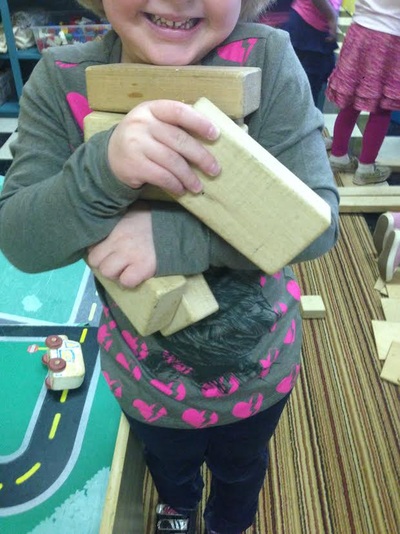
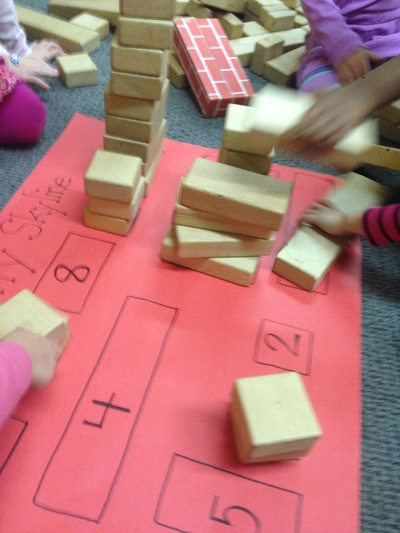
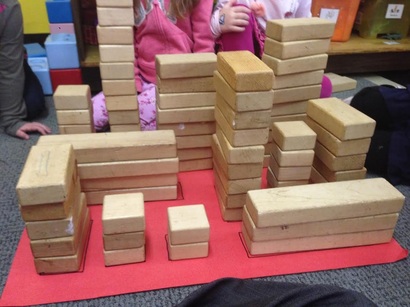
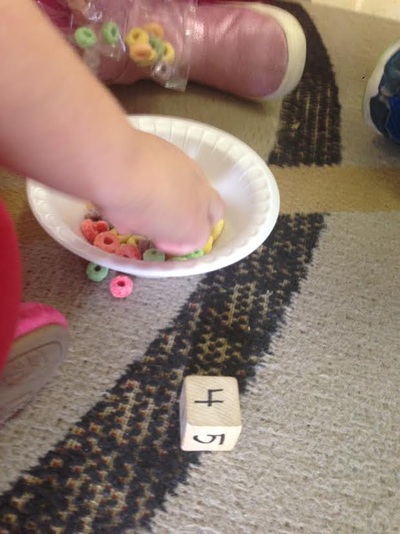
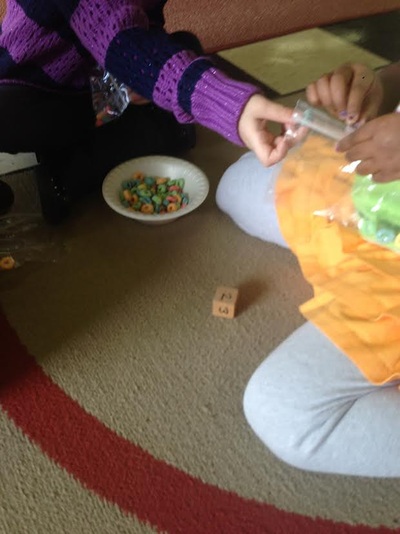
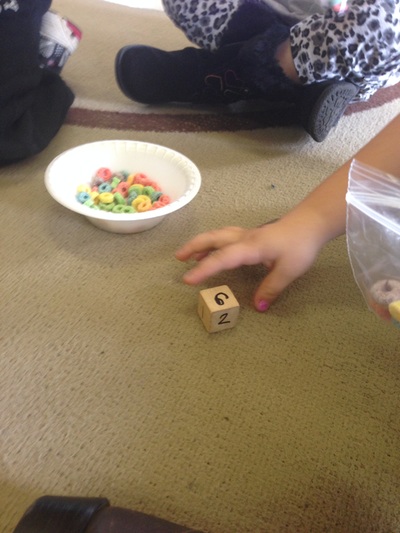
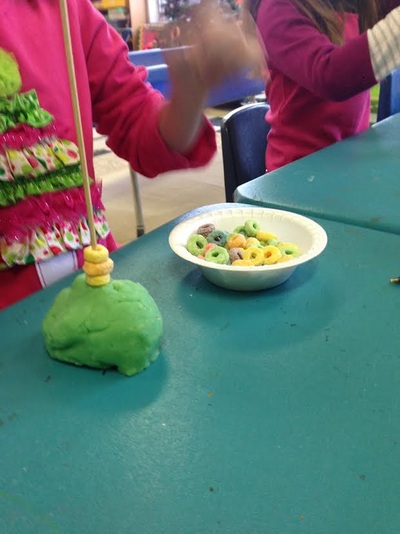
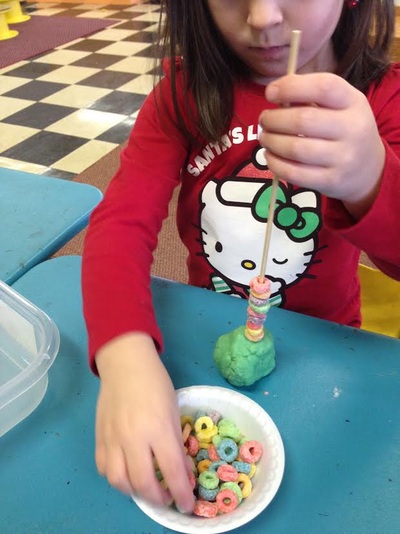
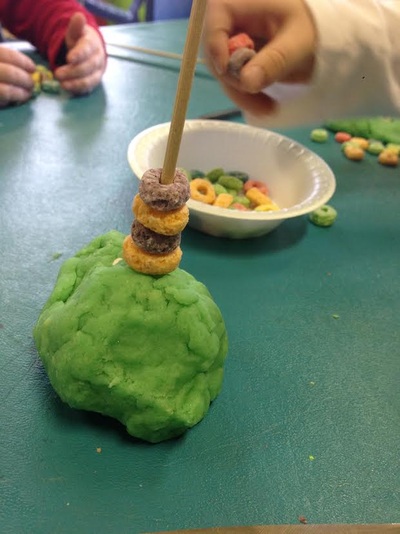
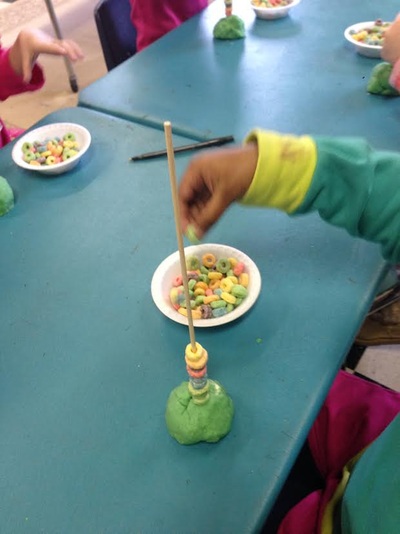
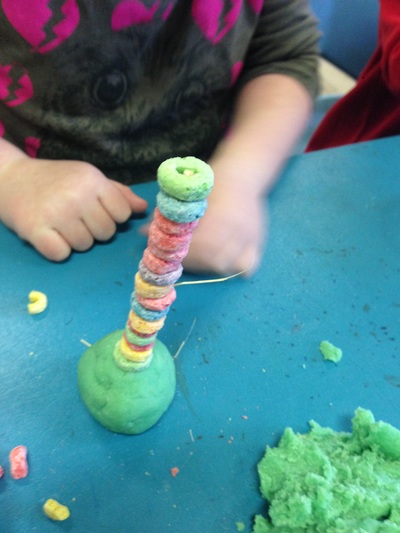
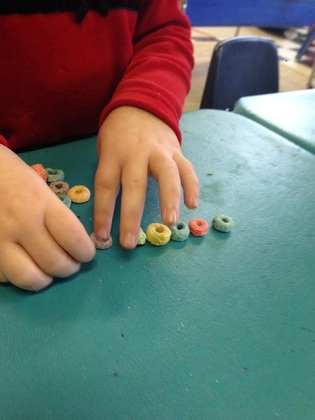
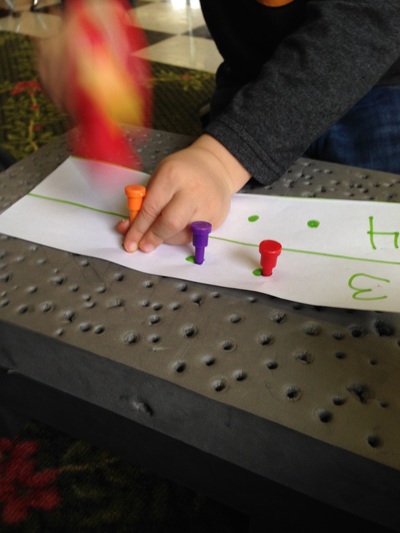
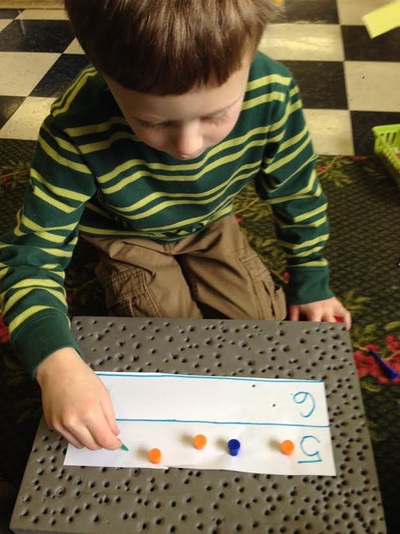
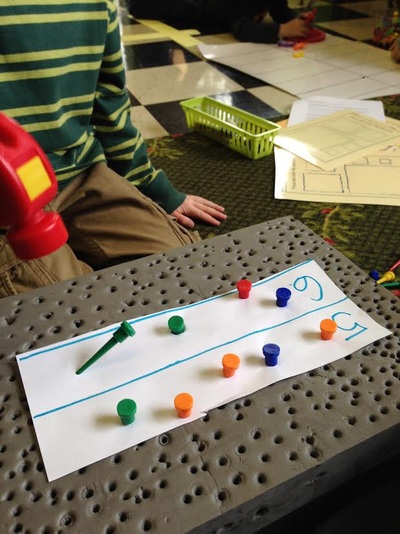
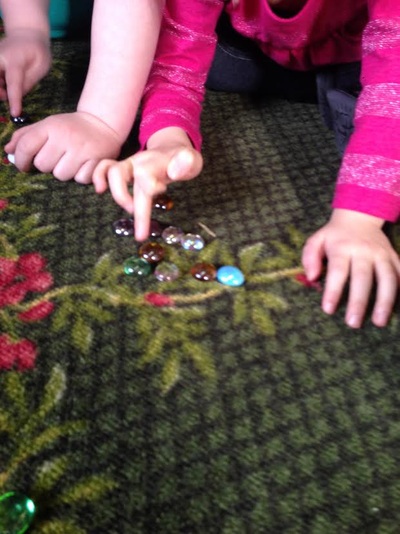
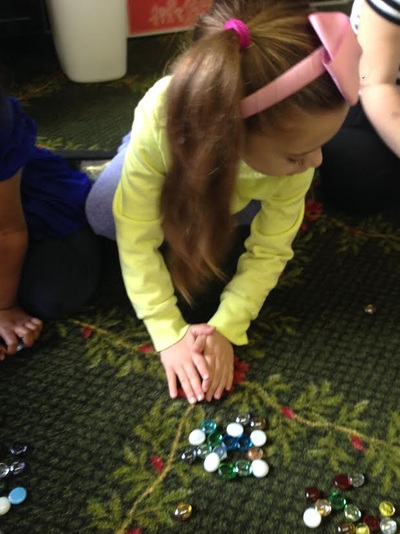
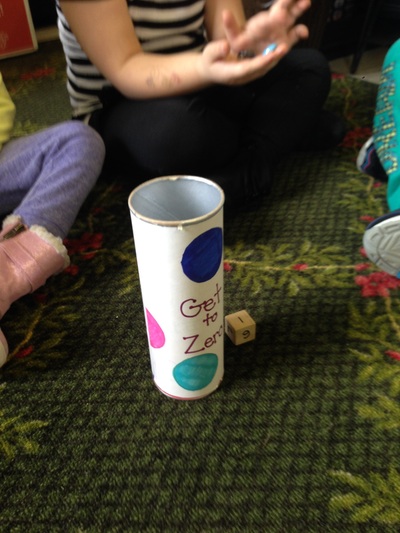
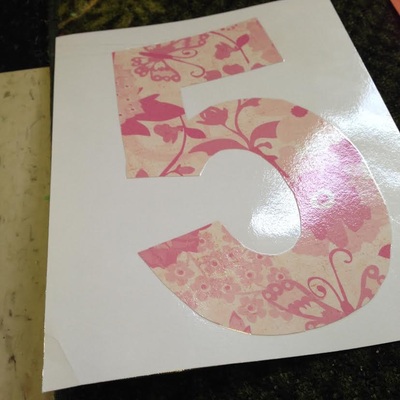
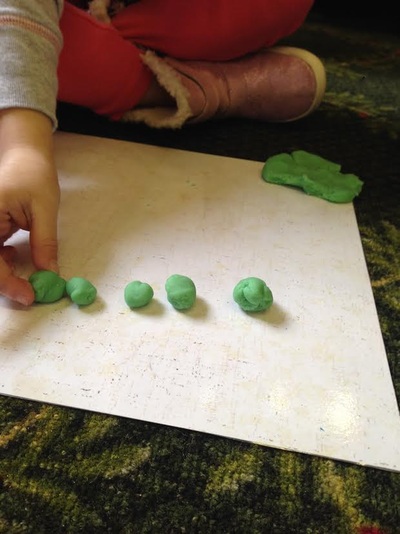
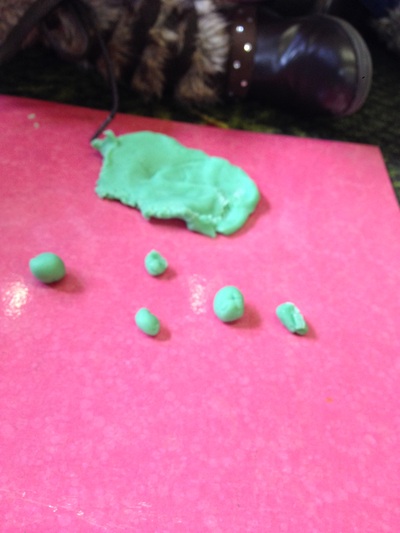
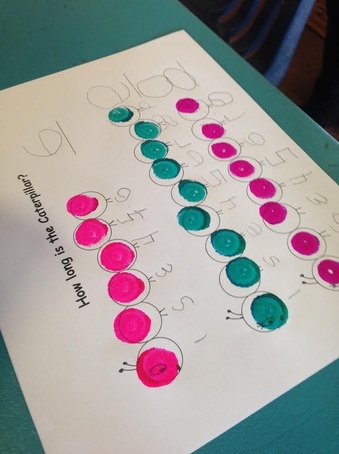
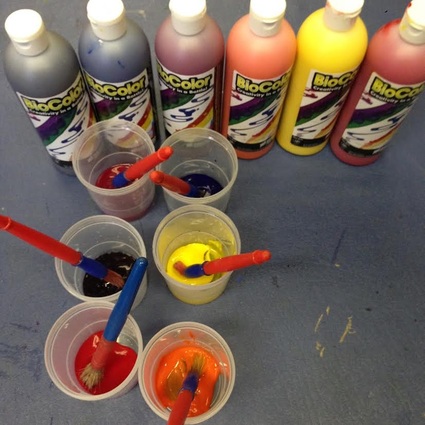
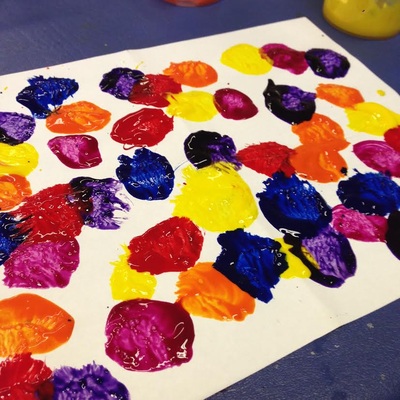
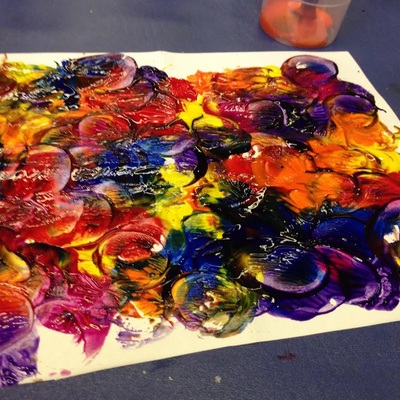
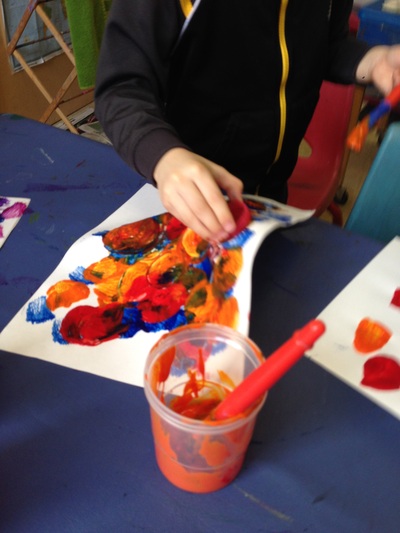
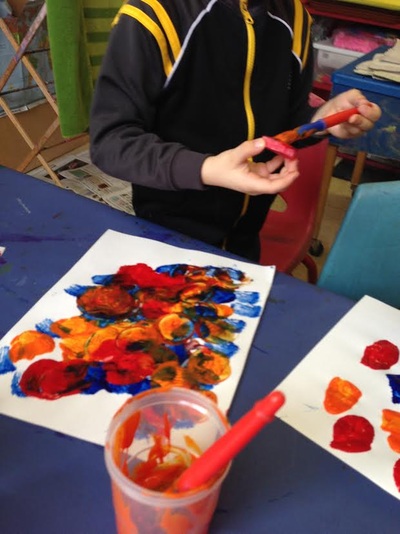
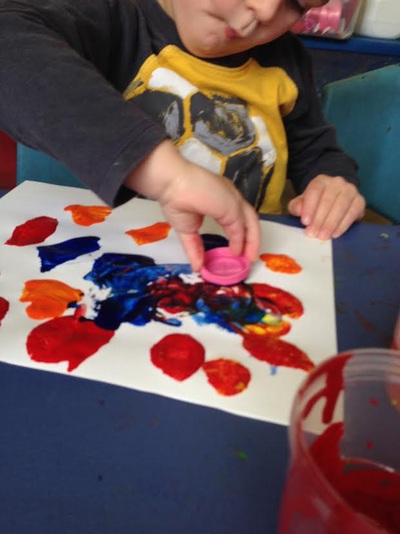
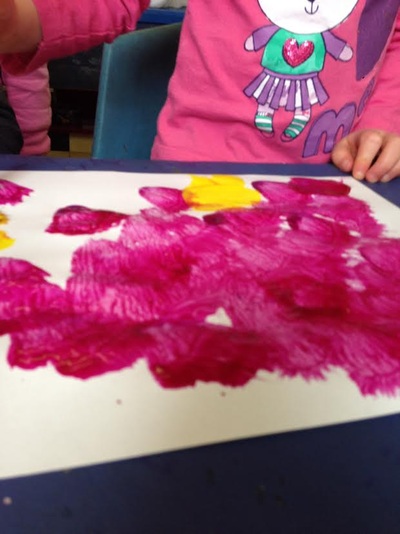
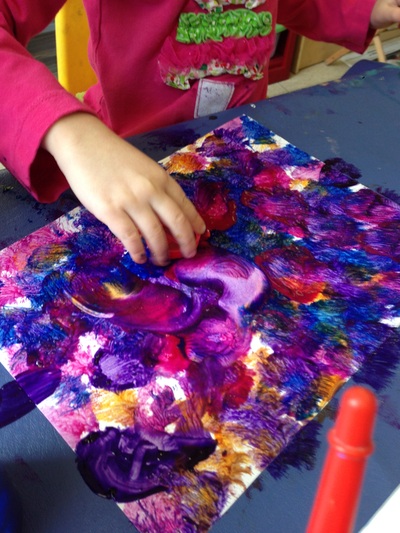
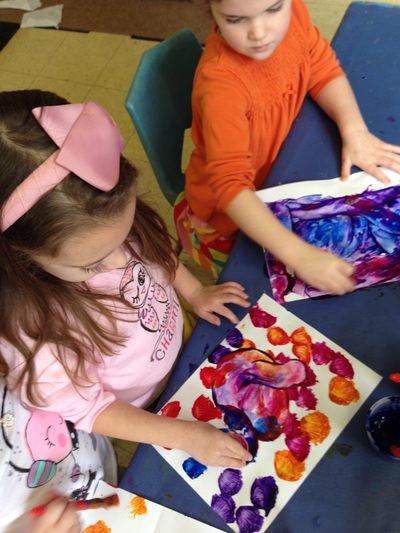
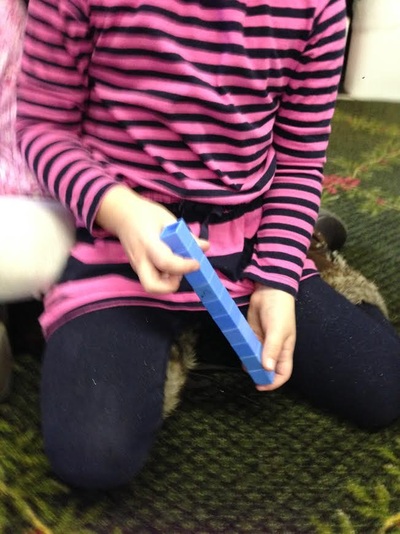
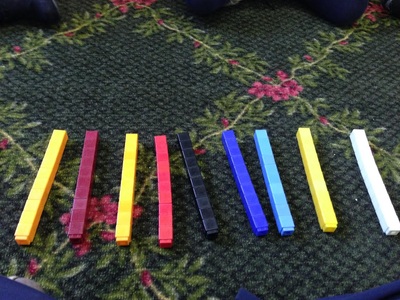
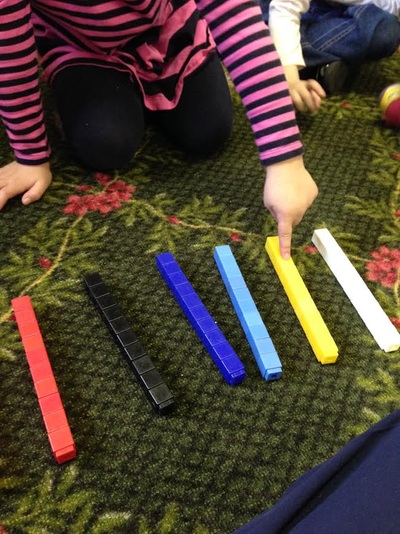
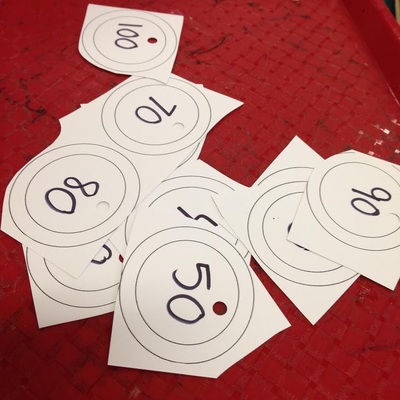
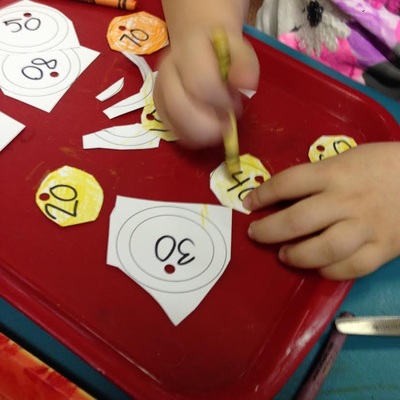
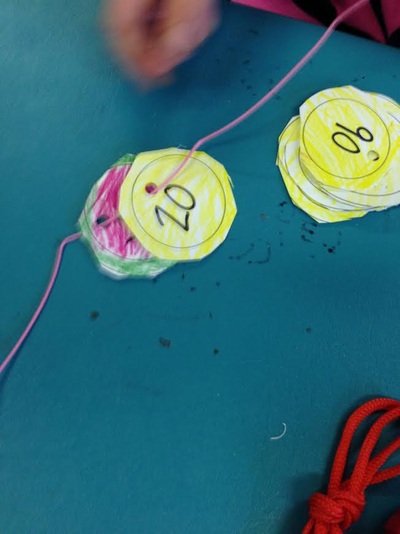
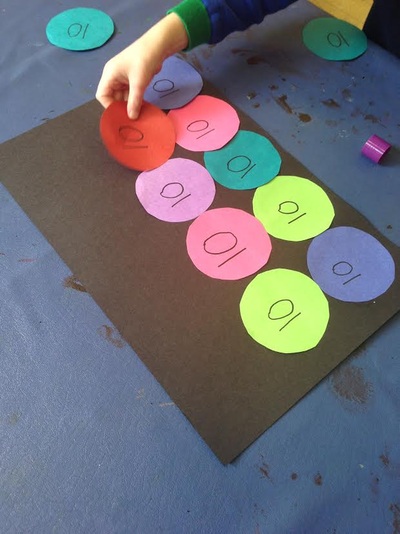
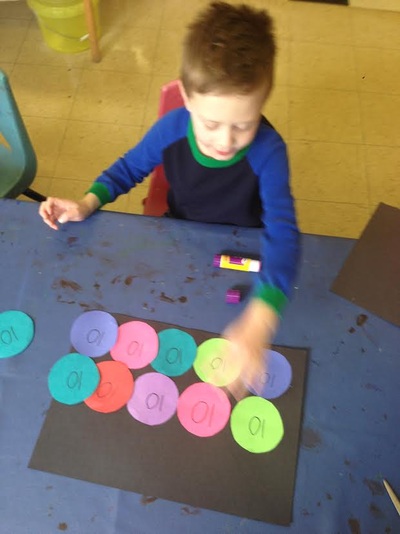
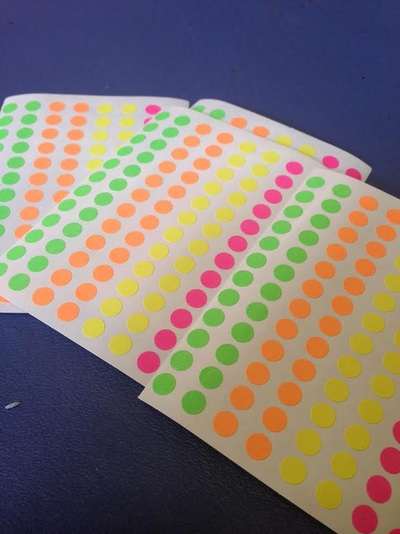
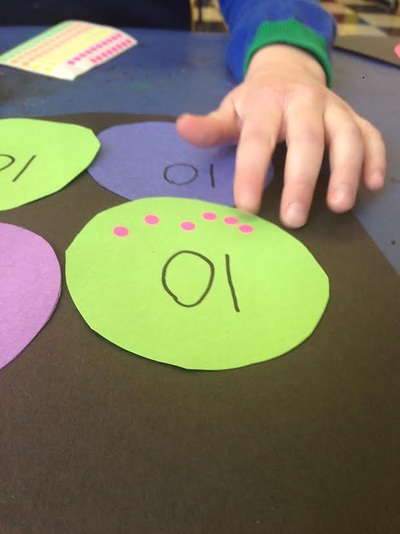
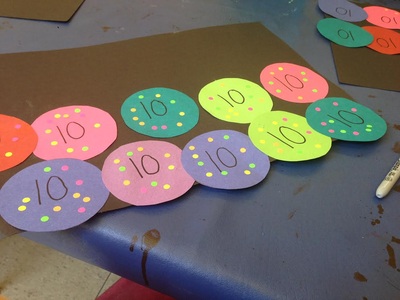
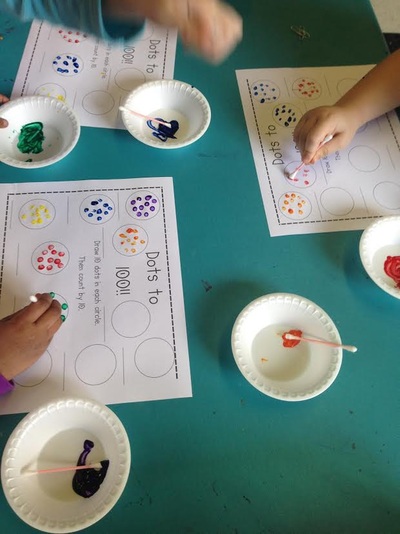
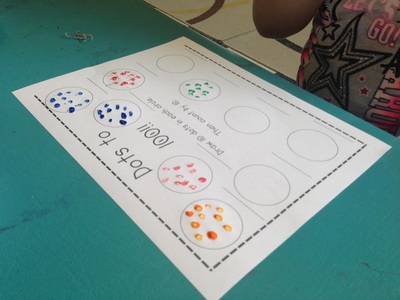
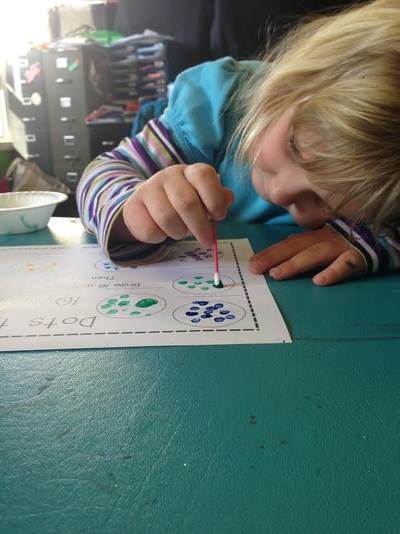
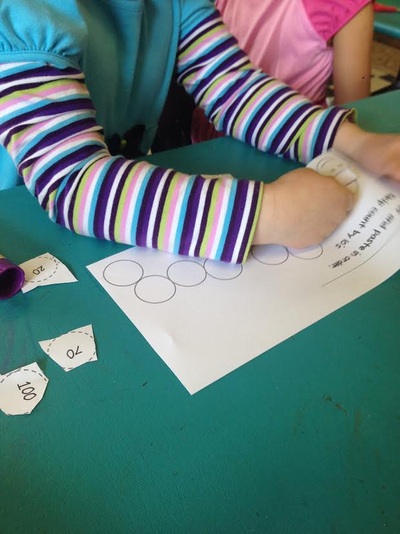
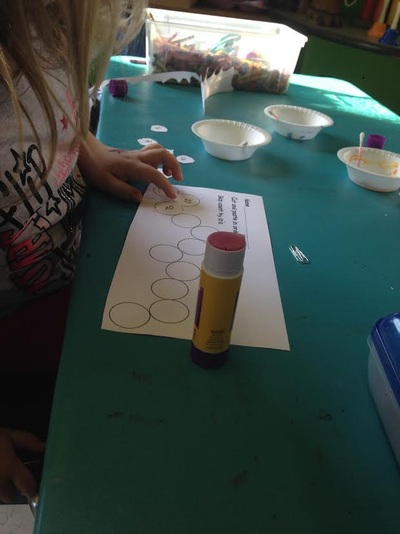
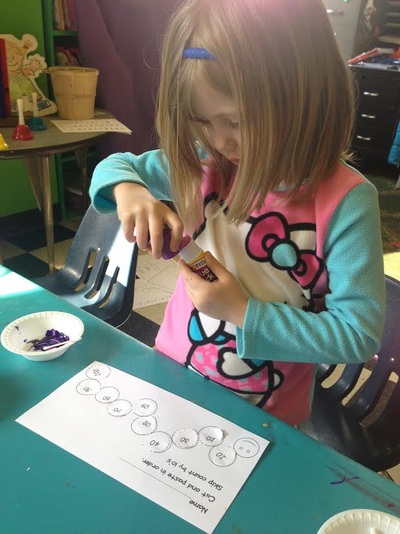
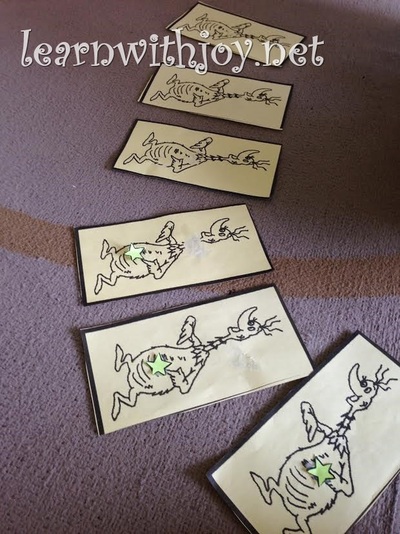
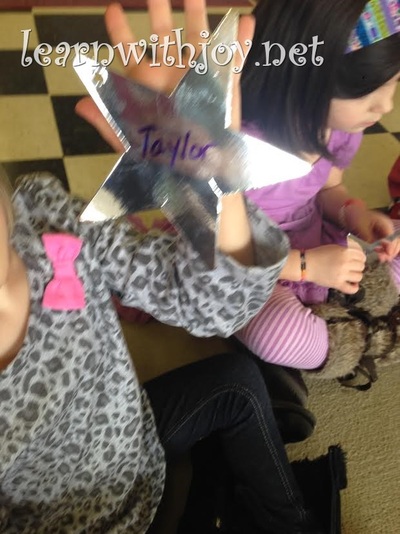
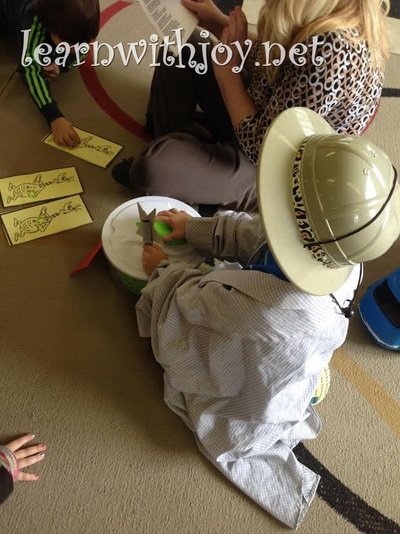
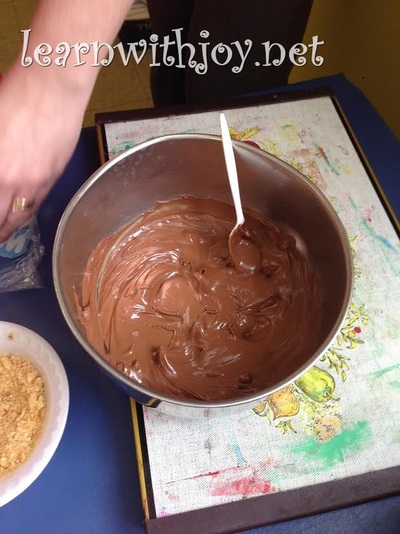
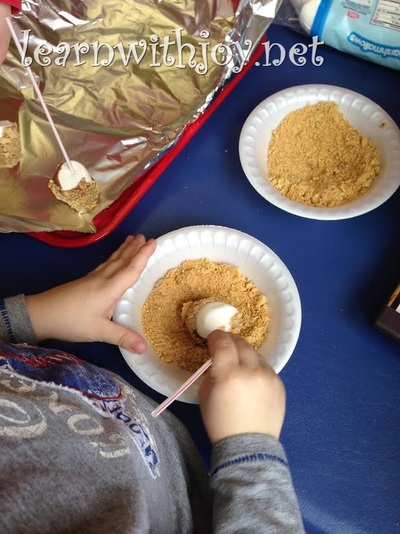
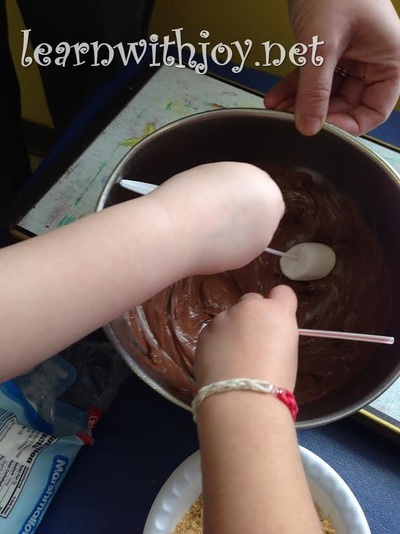
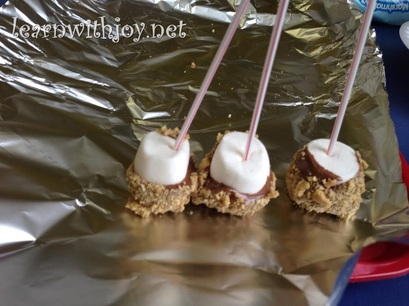
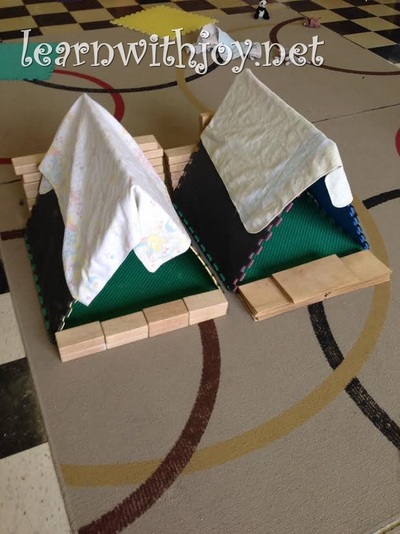
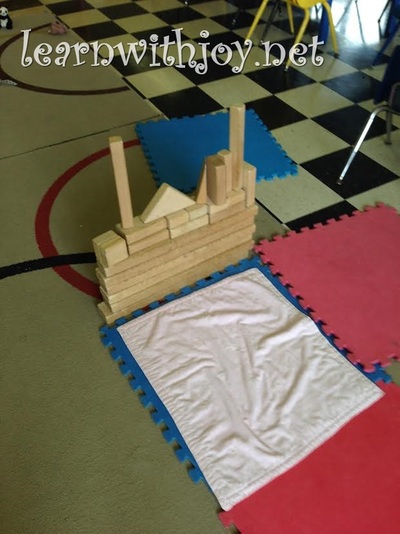
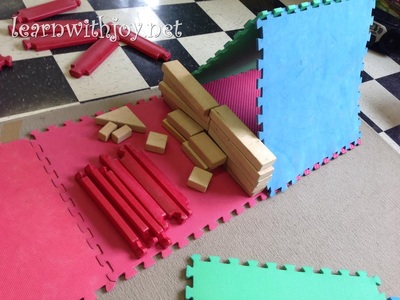
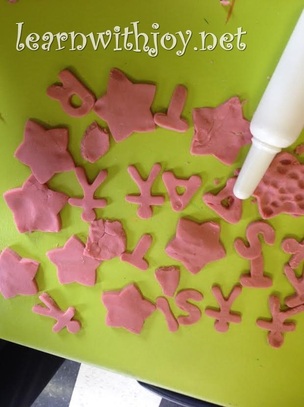
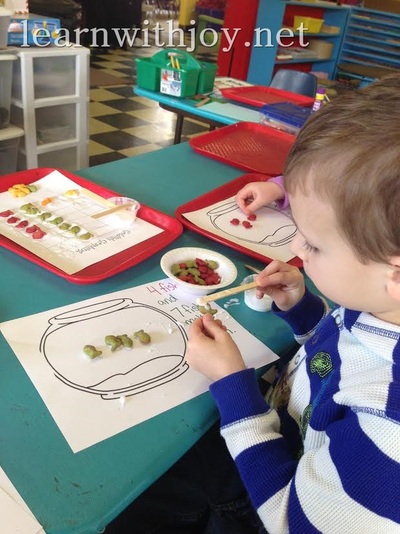
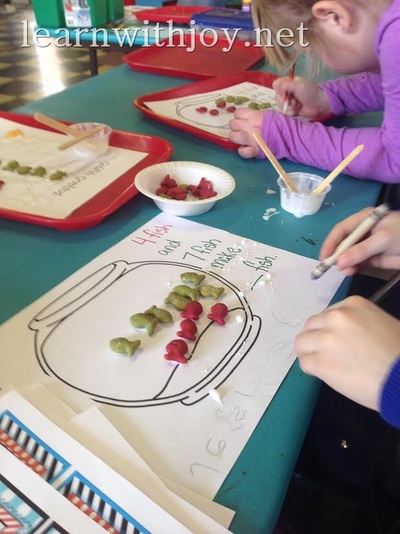
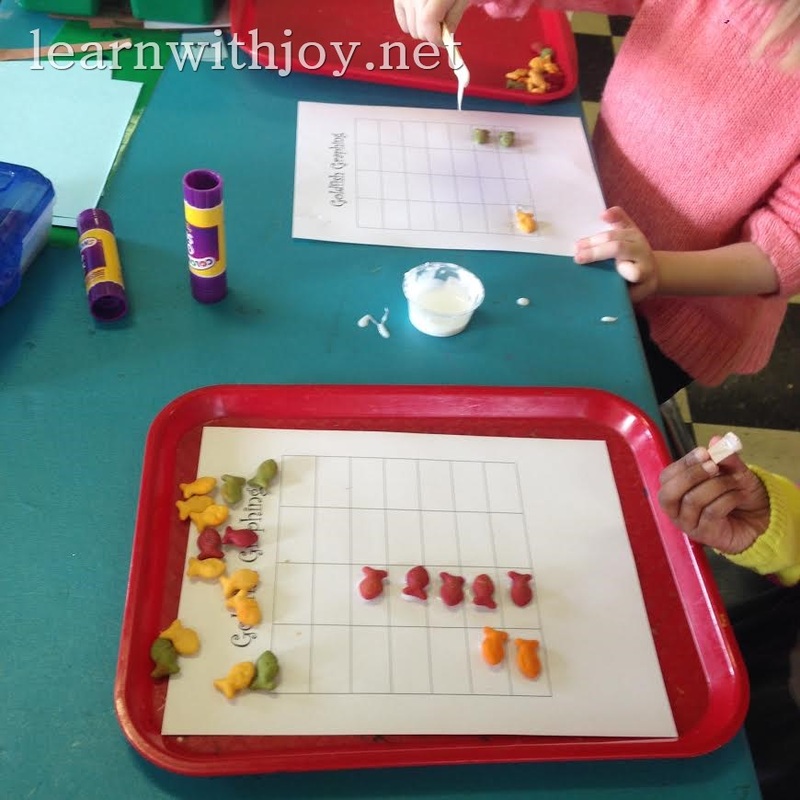
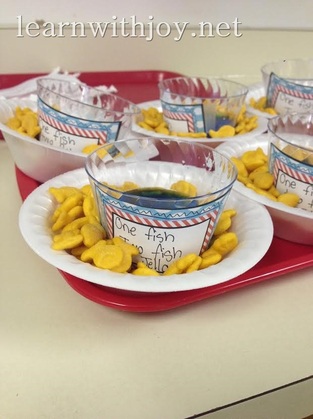
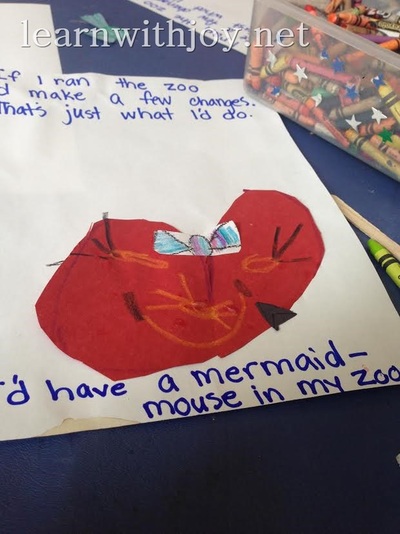
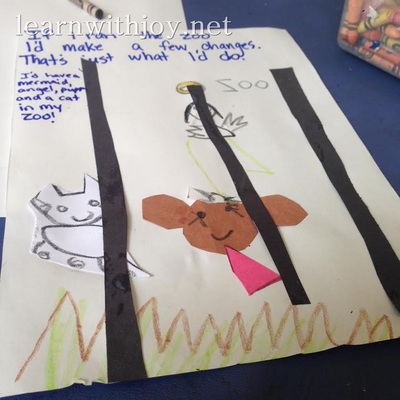
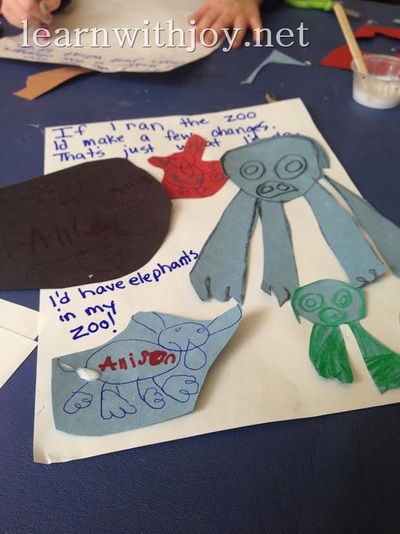
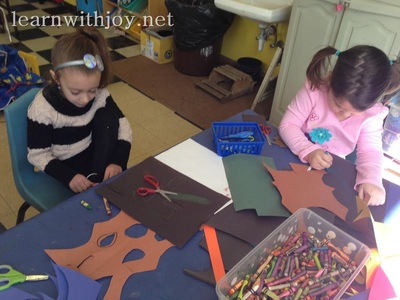
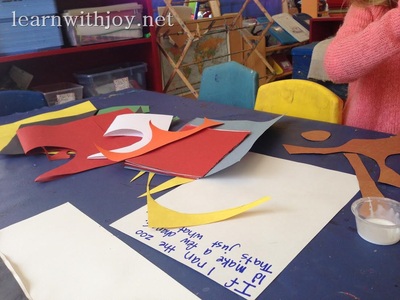
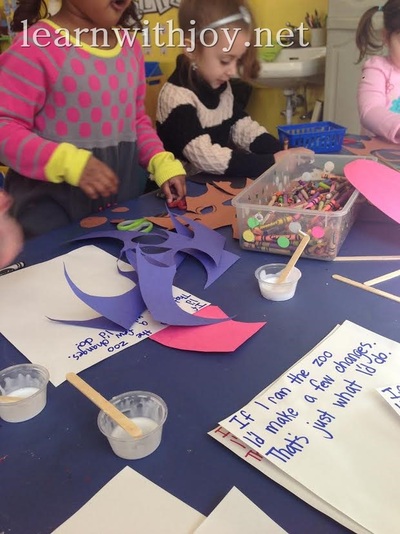
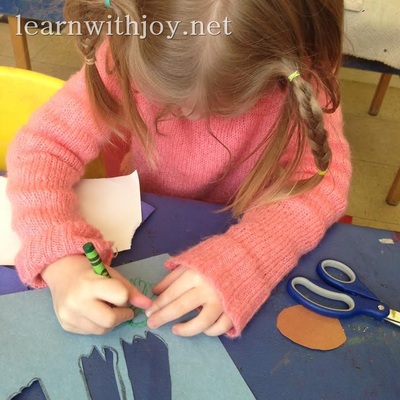
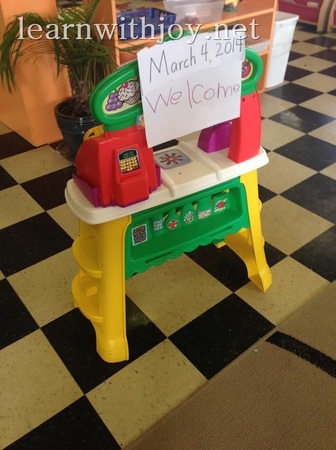
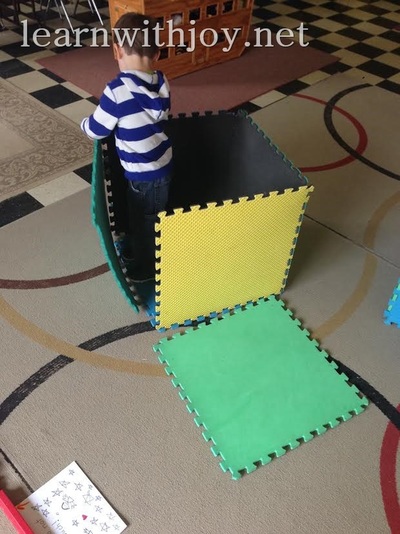
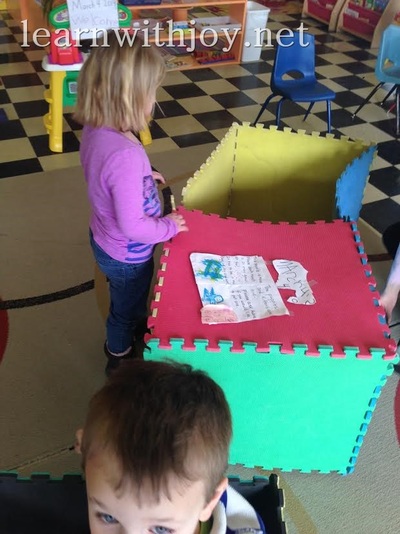
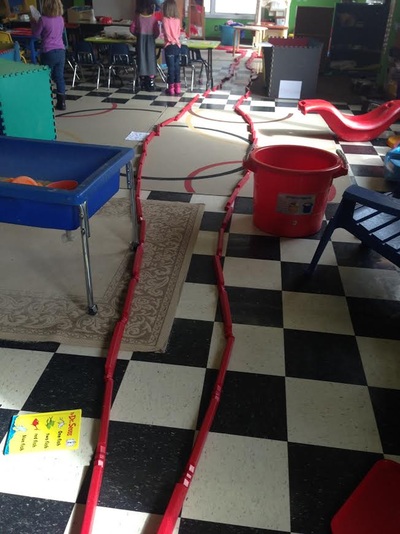
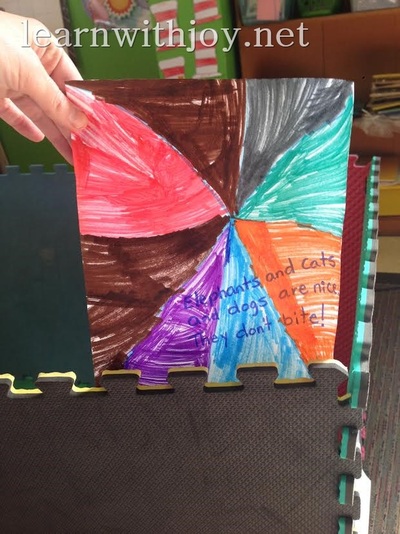
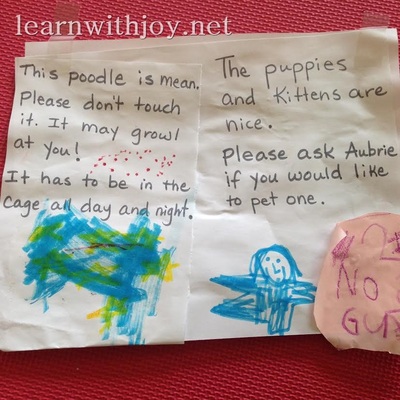
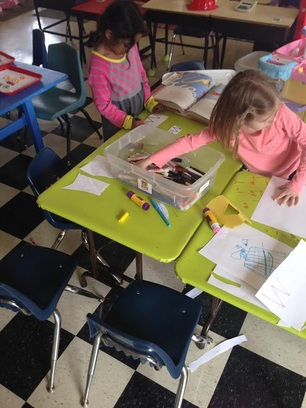
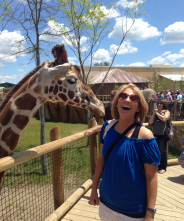
 RSS Feed
RSS Feed